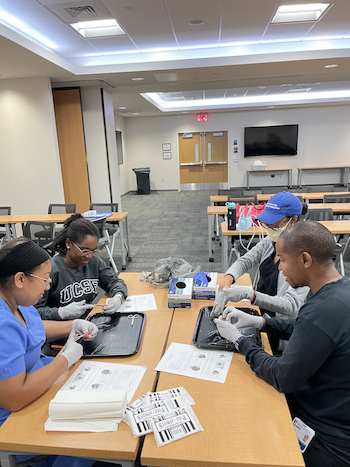Ophthalmology Objectives for Medical Students: Revisiting What Every Graduating Medical Student Should Know1

The burden of eye disorders and impaired vision in the United States is significant. Although ongoing prevalence studies estimating visual impairment in the United States need to be implemented, conservative estimates place direct medical costs at $5.5 billion, whereas other analyses place the total economic burden at $139 billion.
There has been a movement toward a more accurate assessment of medical students’ achievement of learning objectives in an effort to ensure that they can be entrusted with patient care activities before graduation.
Upon graduation from medical school, the student should be able to (1) describe the anatomy of the eye and the visual system, (2) perform a basic eye examination, (3) evaluate a patient with acute painless vision loss, (4) evaluate a patient with chronic vision loss, (5) evaluate a patient with a red or painful eye, (6) evaluate a patient with eye trauma, (7) evaluate a patient with an eye movement abnormality or diplopia, (8) describe the important causes of vision loss in children, (9) describe the ocular manifestations of systemic disease, (10) list the most important ocular side effects of systemic drugs, (11) list the common ocular medications that can have systemic side effects, and (12) describe when it is necessary to refer a patient urgently to ophthalmology.
In this white paper published in the journal Ophthalmology, outlines the learning objectives published an Association of University Professors in Ophthalmology (AUPO)-endorsed white paper outlining the ophthalmology competencies in core knowledge and examination skills that all medical students, regardless of their eventual specialty, should achieve before graduation. Since that time, the medical education environment has changed significantly. Medical education has become more reliant on online interactive tools, flipped classrooms, and just-in-time education.
What You Should Know at Graduation
- The Basics: Anatomy, Basic Eye Exam, Vision Loss in Children
- How to evaluate at patient with: Acute Vision Loss, Chronic Vision Loss, Red Eye, Double Vision, Eye Trauma
- Systemic interactions: Diseases and Medications
- Is it Urgent? When to make an urgent referral to Ophthalmology